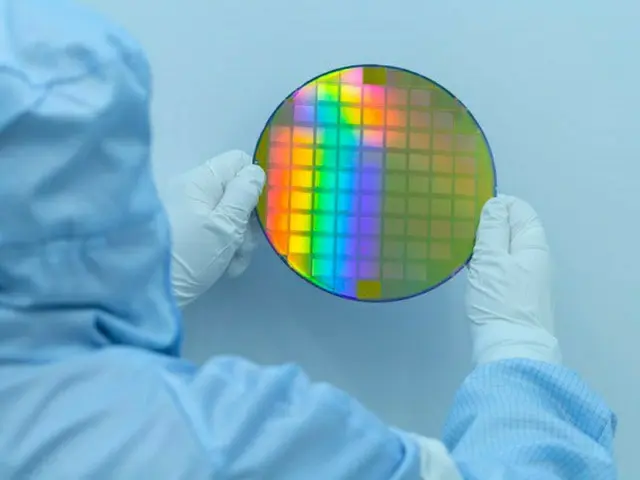However, capital investment fell sharply from the previous month, and the cyclical fluctuation of the index, which is an indicator of the current economic trend, has been negative for six consecutive months, so it is still too early to judge whether the economy is recovering.
According to the "August Industrial Activity Trends" released by the Statistics Bureau on the 30th, the production index for all industries (seasonally adjusted, excluding agriculture, forestry and fisheries) last month was 113.7 (out of 100 for 2020).
This is the first time in four months that total industrial production has increased since April (1.4%).
By sector, industrial production was dominated by automobiles (22.7%), semiconductors (6.0%), etc.
The number of workers increased by 4.1% compared to the previous month. Strikes in the auto parts industry were resolved, and industrial production increased significantly. In particular, the increase in automobile production was the highest in June 2020 (23.9%).
Shipments in the manufacturing industry also increased by 5.7% from the previous month, with increases in automobiles (18%) and oil refineries (11.2%).
Electronic parts and other items increased, up 1.4% from the previous month. Shipments increased significantly more than inventory, causing the inventory rate to fall 4.6%.
Production in the service industry increased by 0.2%, the largest increase in 18 months.
This is due to increased production in the retail industry (3%) and accommodation and restaurants (4.4%). Production in the service industry has increased for three consecutive months.
Kong Mi-sook, economic trend statistics counselor at Statistics Korea, said, “The manufacturing industry, especially automobiles and semiconductors, is showing signs of slowing.
"Production in the manufacturing industry is strong, and production in the service industry is also rising steadily," the report explained. Retail sales, which indicate consumption trends, increased 1.7% from the previous month, turning to an increase for the first time in two months since June.
The growth rate was the highest in 18 months since February 2023, when it was 4%. By item, durable goods such as passenger cars (1.2%) and non-durable goods such as food and beverages (2.7%) increased, while shoes and other items increased.
Sales of semi-durable goods such as food and beverages (-0.9%) declined, due to higher fuel consumption during the August holiday season, an increase in foreign tourists, and early Chuseok (mid-autumn celebration) gift buying.
The recent increase in the number of people watching sports, including professional baseball games, also had a positive effect. On the other hand, capital investment in August fell 5.4% compared to the previous month, the lowest figure in three months since May.
By item, investment fell in other transportation equipment (down 15.4%) and semiconductor manufacturing machinery and other machinery (down 1%).
However, the South Korean government believes that the decline in capital investment is due to a base effect caused by a large increase in the previous month due to the large purchase of aircraft.
A Finance Ministry official explained, "Capital investment increased 10.1% in July due to the import of eight aircraft, but that was reduced to three last month," adding, "The index itself is at its previous level and is normal."
In construction, civil engineering (2.4%) saw an increase, but building (-2.4%) saw a decrease, resulting in a 1.2% decrease compared to the previous month. Construction orders were mainly for civil engineering (24.3%), including roads and bridges, and factories and warehouses.
and construction (2.6%), both of which increased by 7.2% compared to the same month last year. The cyclical fluctuation value of the bank's composite index, which shows the current economic situation, was 98.2, down 0.1 points from the previous month.
The cyclical fluctuation value of the bank's composite index has been on a downward trend for six consecutive months since March of this year (minus 0.3 points), the first time this has happened since July to December of 2018.
The cyclical fluctuation value of the leading composite index, which indicates the outlook for the future economy, fell 0.1 points from the previous month, marking the first decrease in five months since March (minus 0.2%).
"The cyclical fluctuation value of the leading composite index has turned downward, but the trend itself is steadily increasing," he said. "The cyclical fluctuation value of the accompanying composite index is expected to follow suit, but we need to wait and see how things go from here."
The Ministry of Strategy and Finance said, "The economy continues to recover, centered on exports and manufacturing, and domestic demand is also improving, with retail sales increasing amid improved performance in the service industry."
"Businesses are struggling to continue operating, and there are potential negative factors such as rising household debt and real estate prices, so we will take measures on a sector-by-sector basis to accelerate the recovery of domestic demand," he said.
2024/10/01 07:26 KST
Copyrights(C) Edaily wowkorea.jp 107

